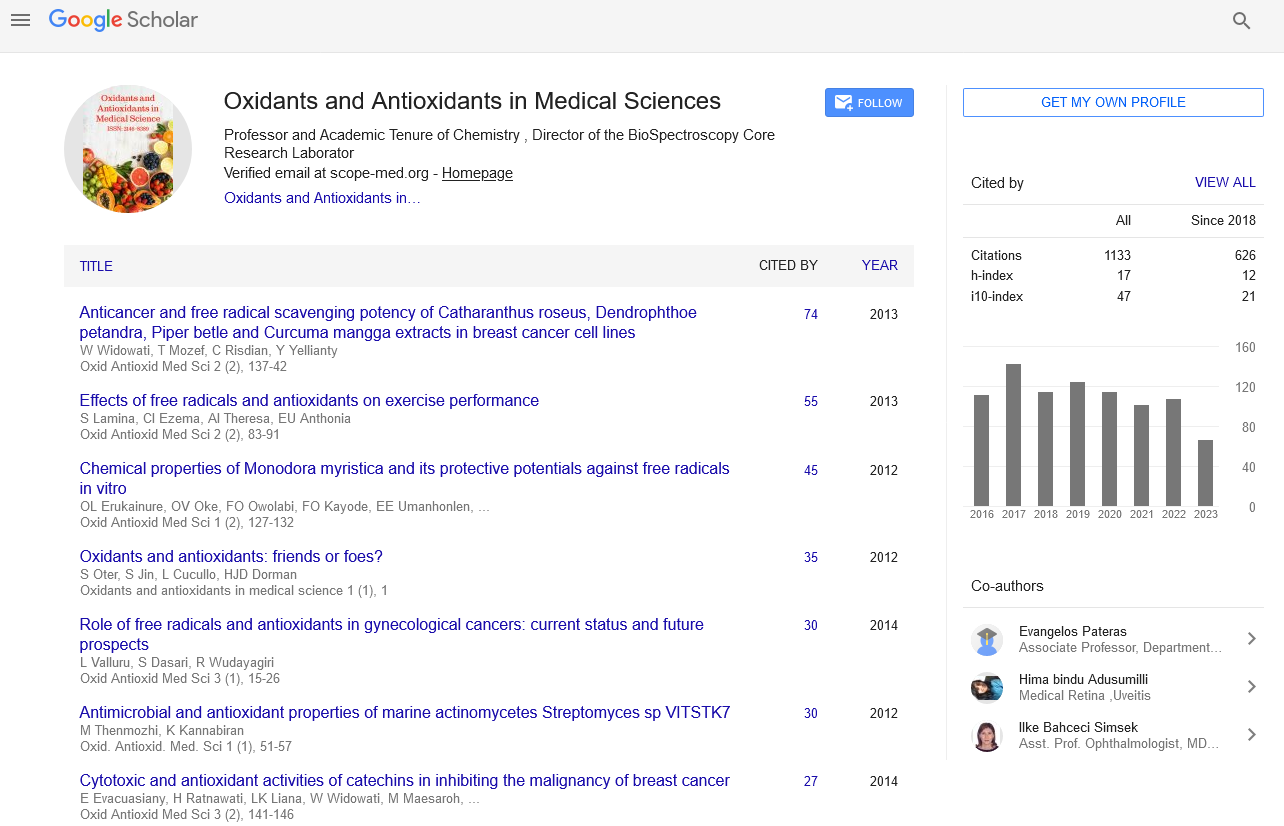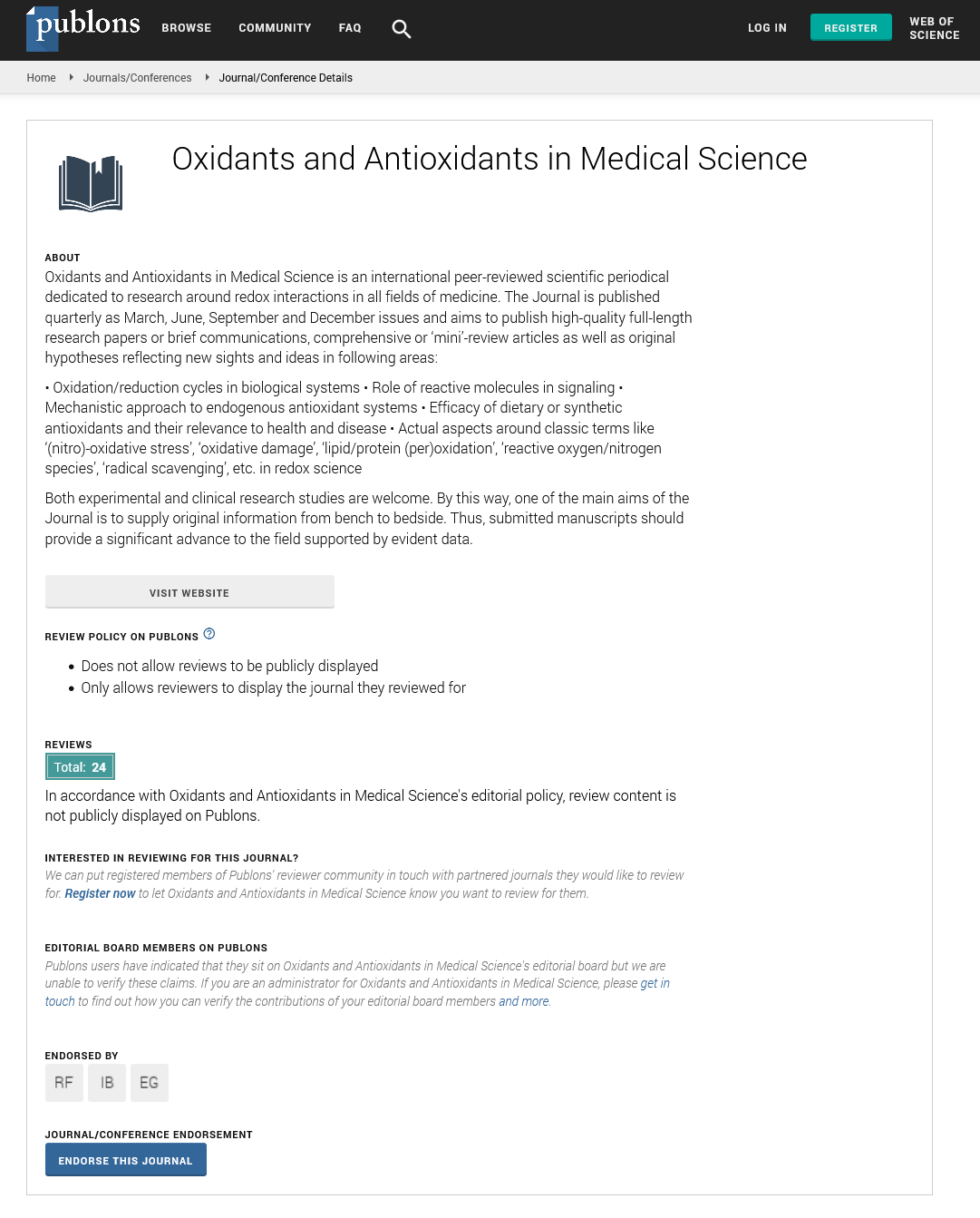Reactive oxygen species and cell morphology of MC3T3E1 pre-osteoblast cell line exposed to methylgyoxal by laser scanning confocal microscopy
Abstract
Izaak Z. Akbar, Nur Permatasari, Djoko W. Soeatmadji,Mohammad Hidayat, Handono Kalim
Advanced glycation end products (AGEs) are known to increase in osteoporosis. Methylglyoxal is AGEs precursor that is toxic to osteoblasts. Methylglyoxal toxicity in osteoblasts involves oxidative stress. The involvement of reactive oxygen species (ROS) in changes of MC3T3E1 preosteoblast cell line morphology caused by methylglyoxal exposure is still unknown. This study was aimed to investigate a possible effect of methylglyoxal on ROS level and morphology of MC3T3E1 cell line. Pre-osteoblast MC3T3E1 cell line, obtained from American Type Culture Cell (ATCC), was exposed to methylglyoxal at several concentrations. Then ROS level and cell morphology were evaluated by laser scanning confocal microscopy using H2DCFDA. The optimal dose and exposition time of MC3T3E1 pre-osteoblast cell subclones to methylglyoxal is estimated to be 5 µM for 6 h which showed fusiform, polygonal cells, a homogenous cytoplasm and a clear hole as nucleus in the center of the cell. In conclusion, methylglyoxal exposure of MC3T3E1 pre-osteoblast cell line increased ROS level at 5 µM for 6 h of exposure. Beginning with this dose, the cell presents morphologic markers of apoptosis.
PDF






